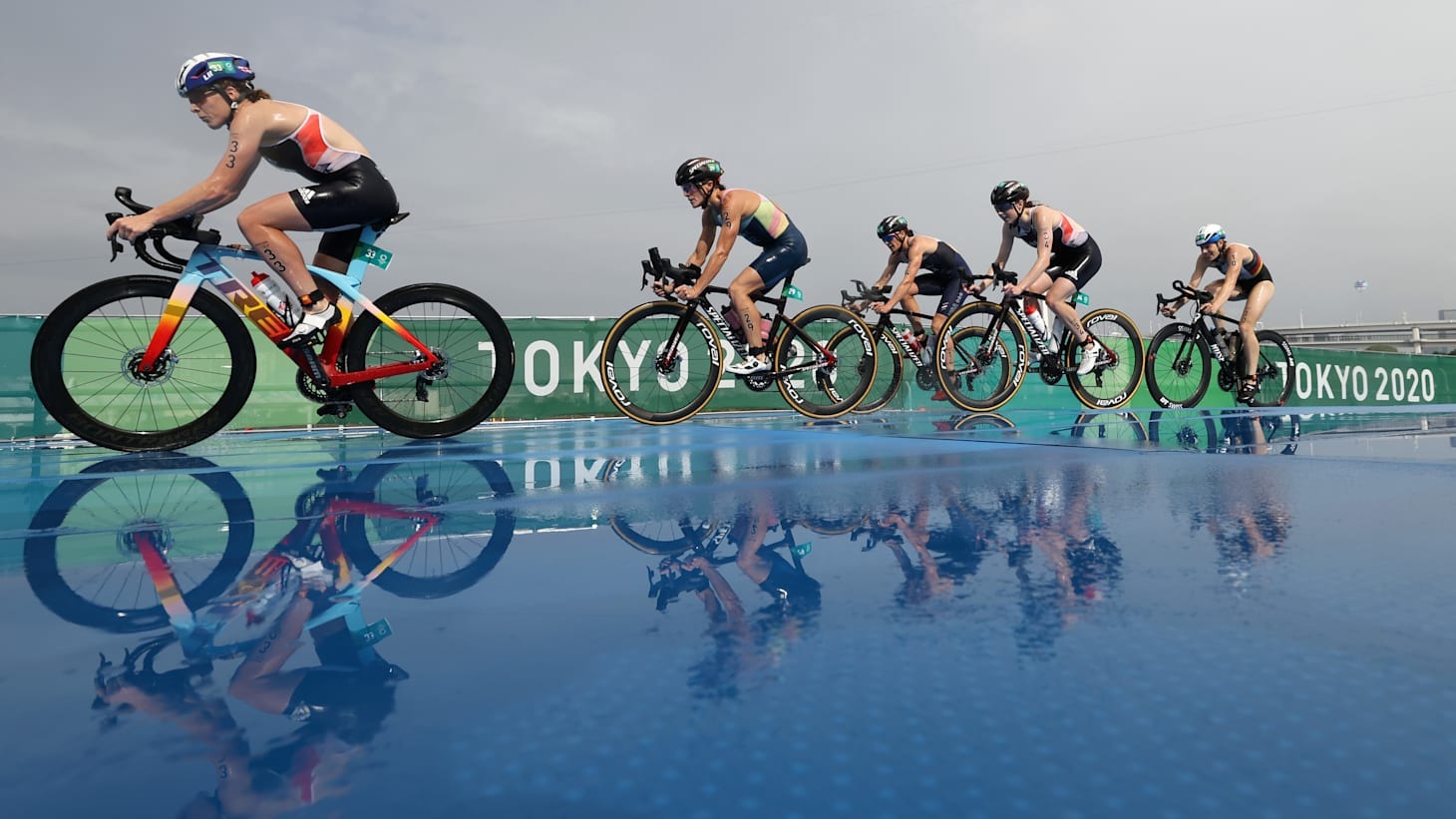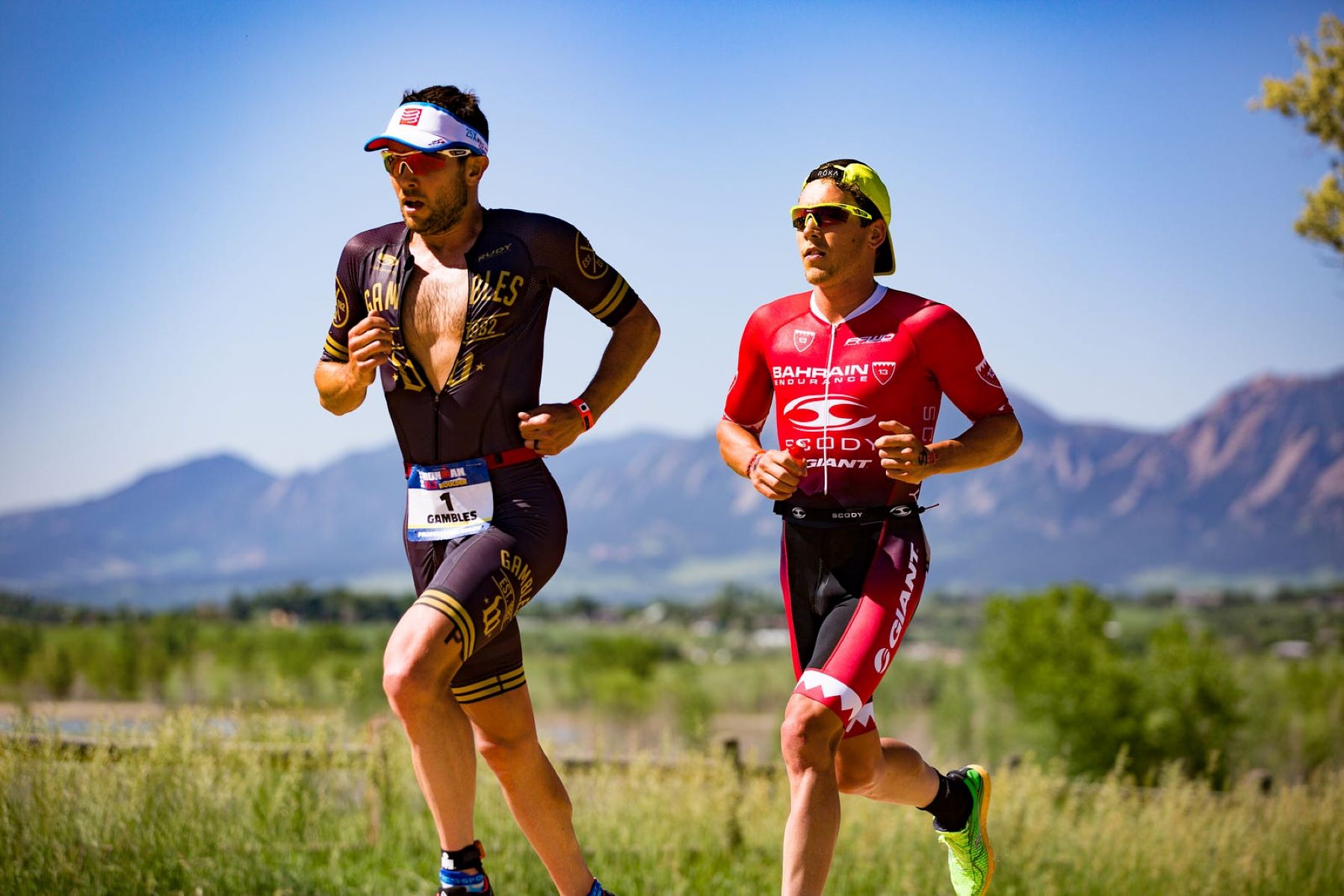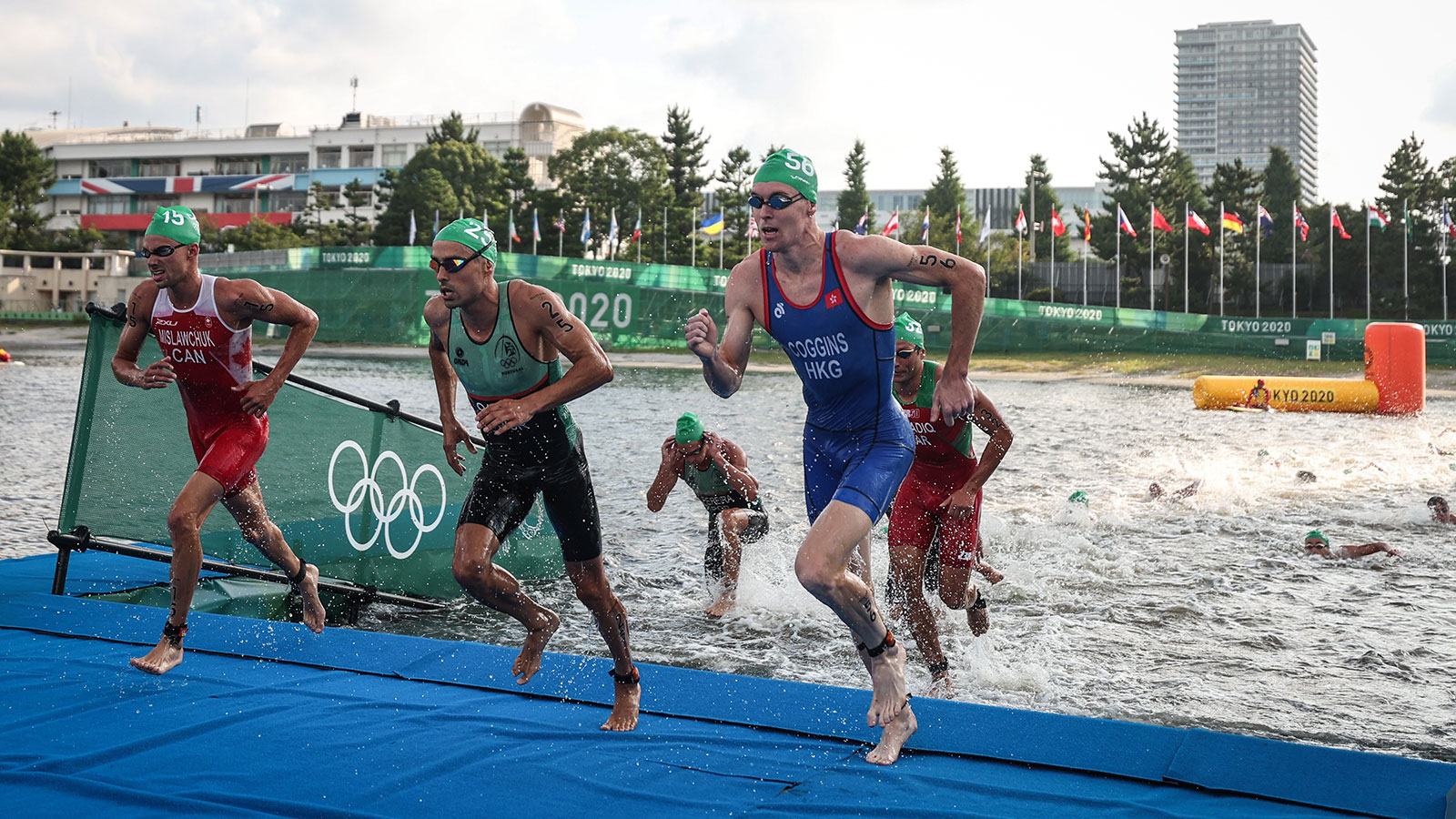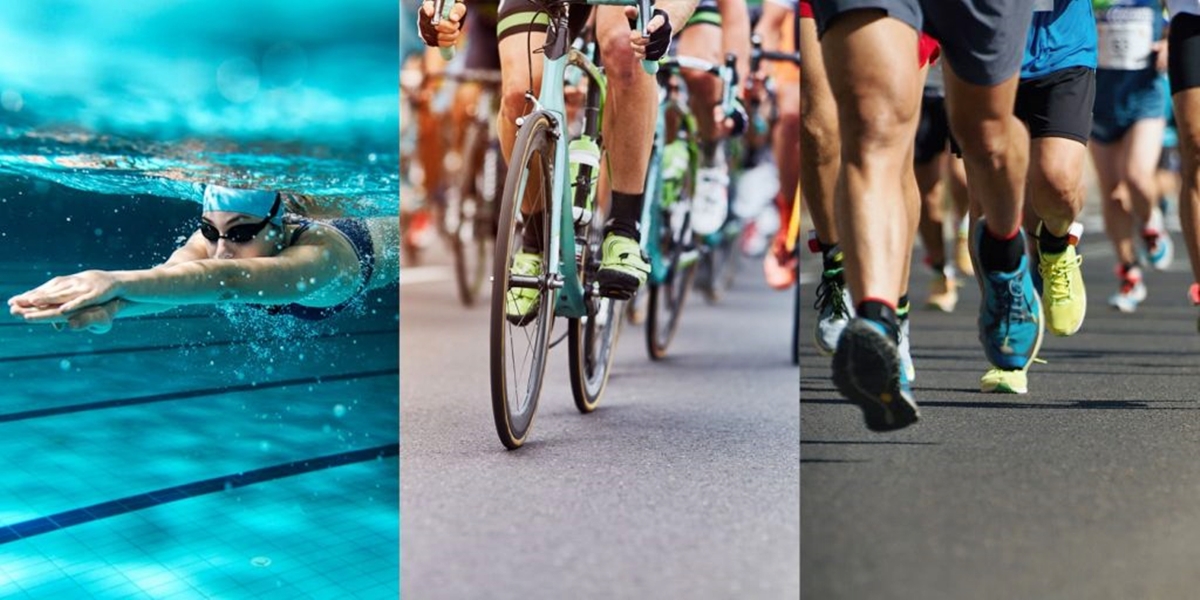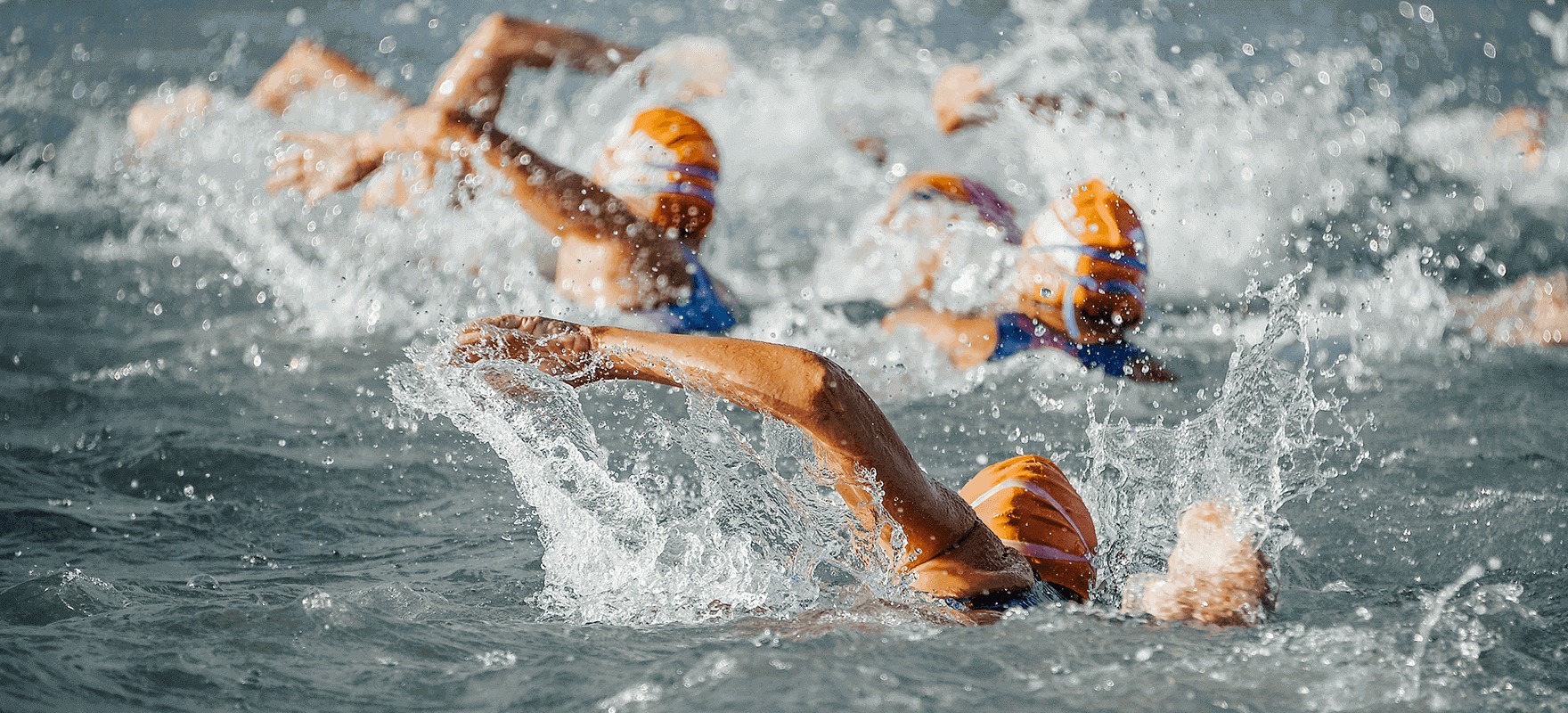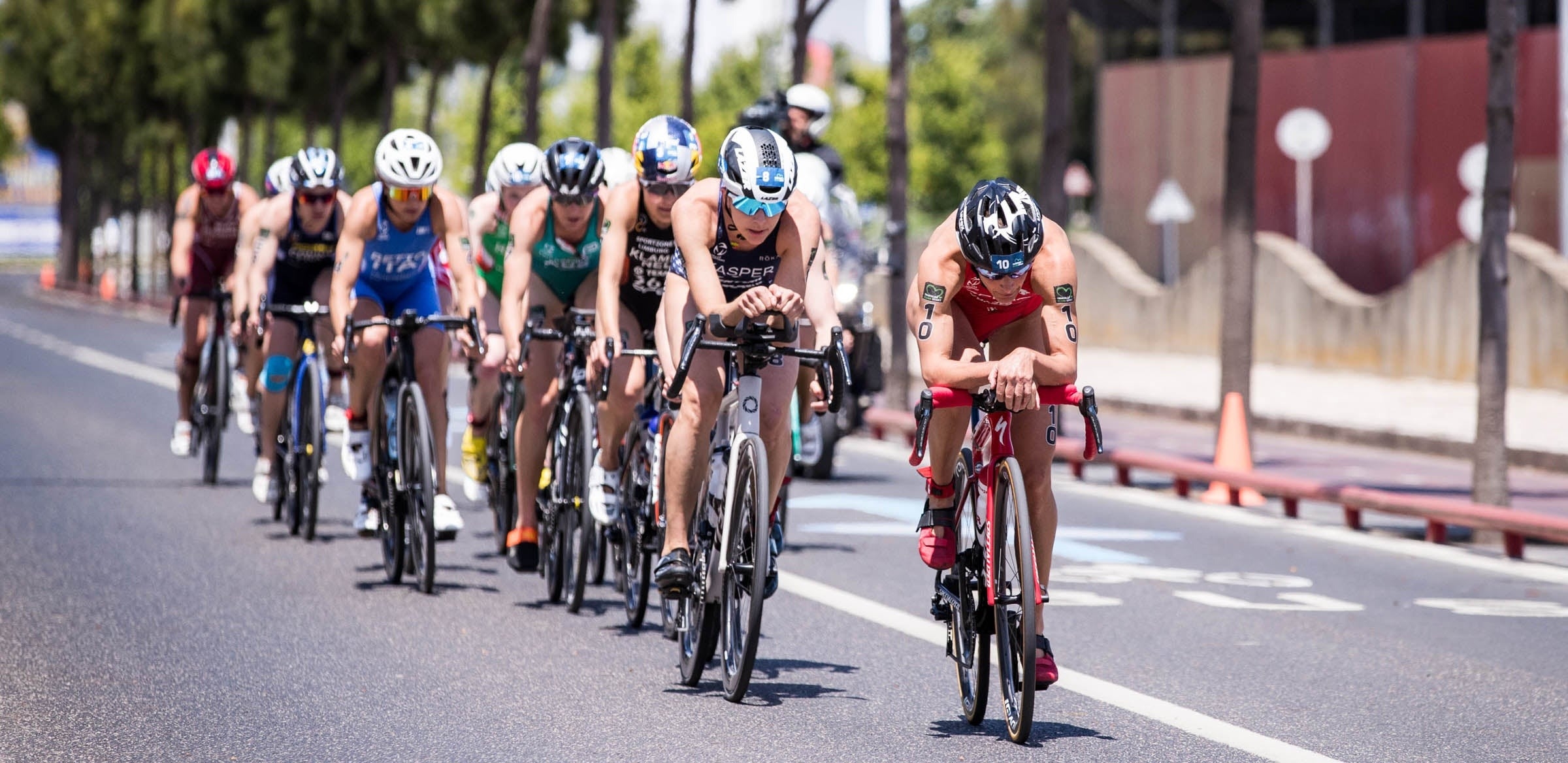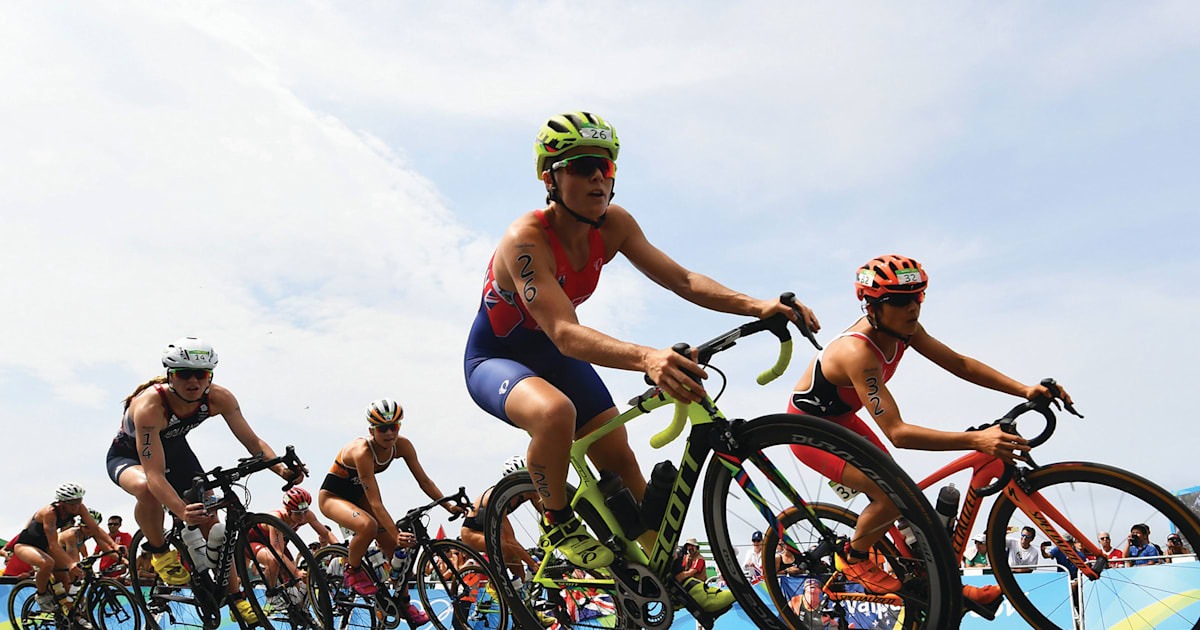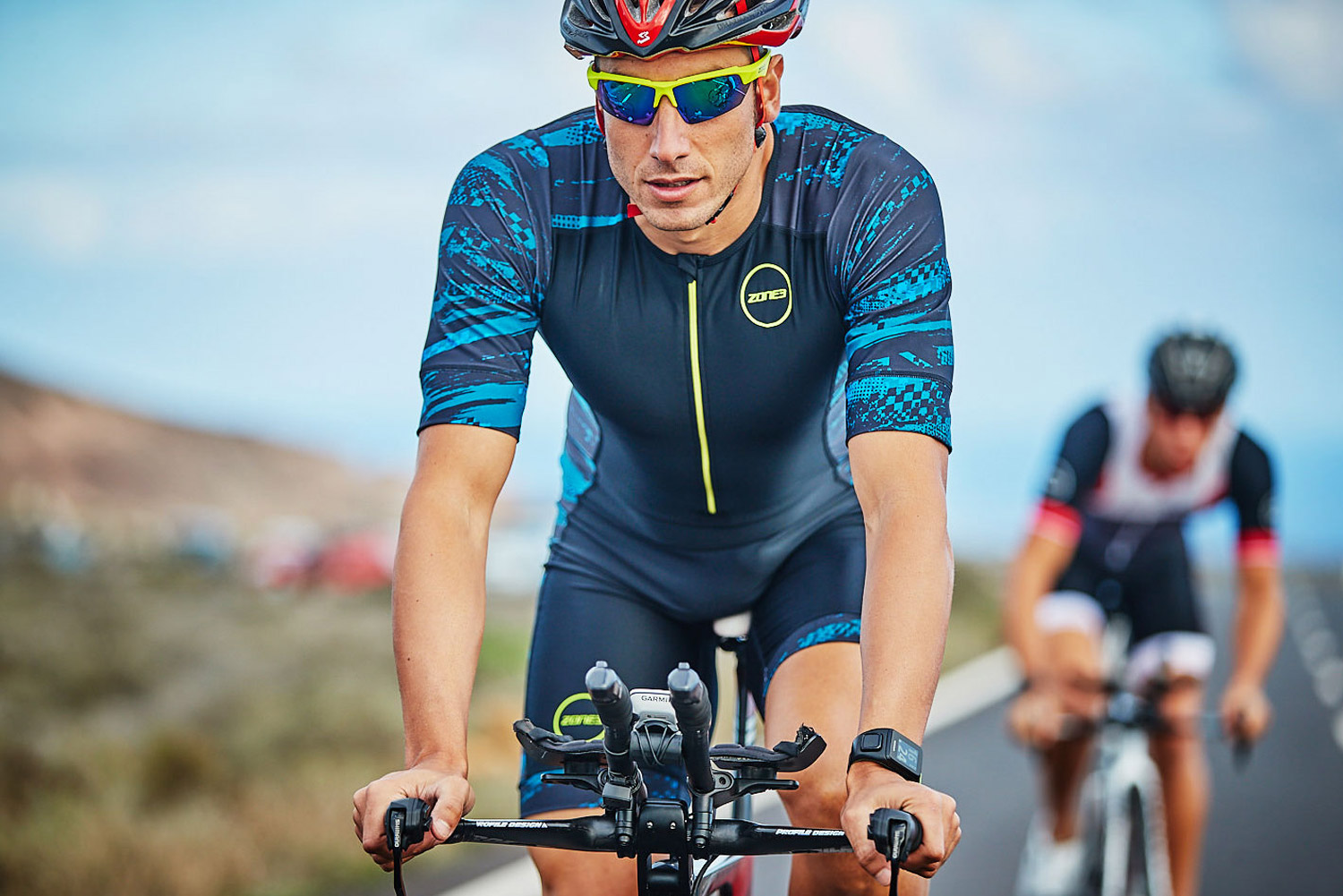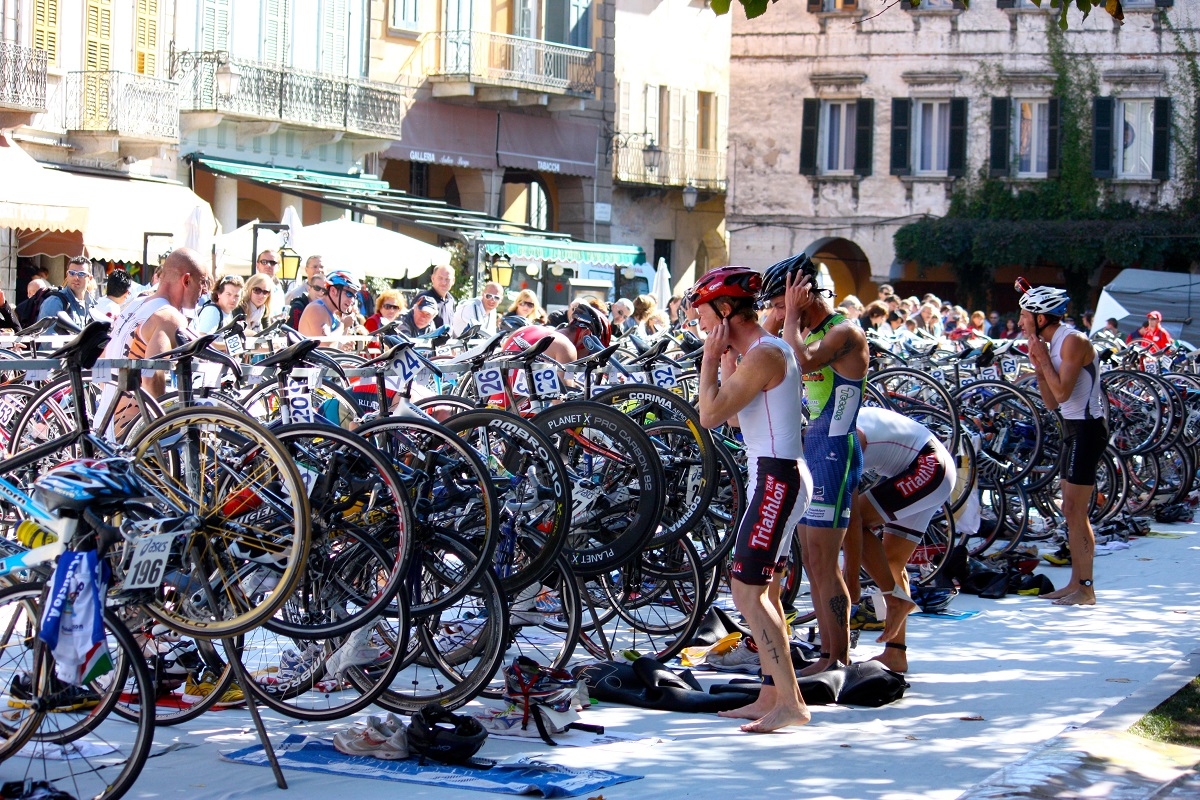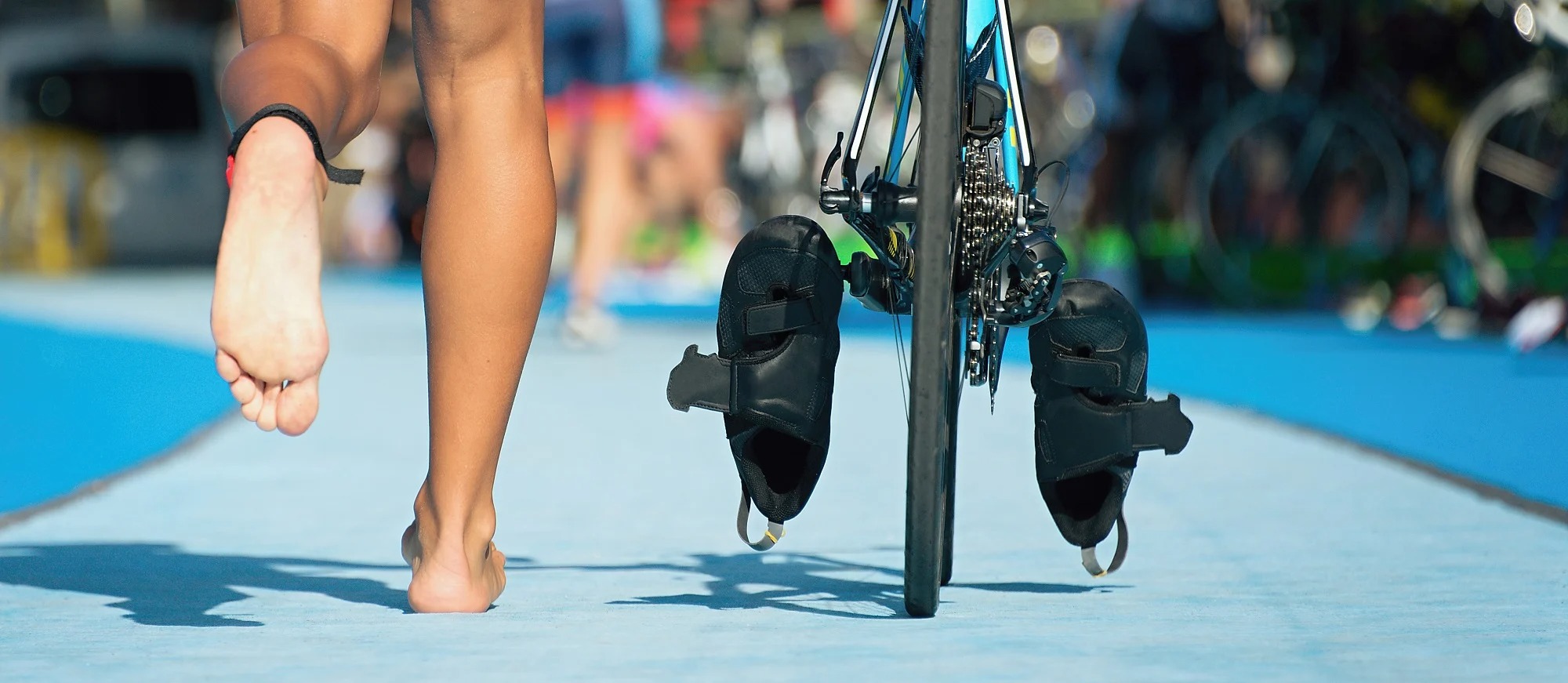

Featured
What Are The Distances For A Triathlon
Modified: January 2, 2024
Learn about the featured distances for a triathlon, including swimming, cycling, and running. Discover the challenges and rewards of this multi-sport event.
Introduction
Triathlon is an exciting and demanding multi-sport event that combines swimming, cycling, and running into one ultimate test of endurance. Athletes from around the world participate in triathlons, pushing their physical and mental limits to achieve extraordinary feats. But have you ever wondered about the distances involved in a triathlon? In this article, we will explore the swim, bike, and run distances that make up this grueling race, as well as the transition areas that connect these disciplines.
Triathlons come in various distances, catering to athletes of different skill levels and goals. The three most common triathlon distances are Sprint, Olympic, and Ironman. Each distance presents its own set of challenges, requiring athletes to train and prepare differently. Let’s dive into the distances and find out what it takes to conquer a triathlon.
Before we delve into the specifics, it’s important to note that triathlon distances can vary slightly depending on the event and location. The distances mentioned here are general approximations.
Swim Distance
The swim portion is the first leg of a triathlon and sets the tone for the rest of the race. It takes place in open water, such as a lake or ocean, or in a controlled environment like a pool. The swim distance can vary depending on the triathlon distance.
In a Sprint triathlon, the swim distance is typically around 750 meters (half a mile). This may seem like a short distance, but it can still be a challenge for beginners or those who are not strong swimmers. The key to a successful swim is maintaining a steady pace and conserving energy for the remaining legs of the race.
In an Olympic triathlon, the swim distance is usually about 1.5 kilometers (0.93 miles). This longer swim requires more endurance and may require athletes to navigate through waves, currents, or other challenging conditions. Proper technique and strategic positioning in the water are crucial to optimize efficiency and conserve energy.
For those participating in an Ironman triathlon, the swim distance is a daunting 3.8 kilometers (2.4 miles). It demands exceptional physical fitness and mental fortitude. Swimmers must be prepared to handle longer durations in the water and overcome any obstacles they may encounter.
Swimming in open water poses its own set of challenges compared to pool swimming. Factors such as water temperature, visibility, and the presence of other swimmers can affect the overall experience. It is important to practice open water swimming prior to the race to acclimate and develop the necessary skills.
Transitioning smoothly from the swim to the bike leg is also crucial. Athletes must navigate the transition area efficiently, removing their wetsuits (if worn) and preparing for the next phase of the race.
Bike Distance
The bike leg of a triathlon is where athletes demonstrate their cycling prowess and speed. Following the swim, competitors transition from the water to their bikes and embark on a challenging ride.
In a Sprint triathlon, the bike distance is typically around 20 kilometers (12.4 miles). This distance allows athletes to showcase their speed and power, while still requiring strategic pacing to ensure they have enough energy for the run. The terrain may vary from flat and fast to hilly and challenging, testing the riders’ strength and endurance.
In an Olympic triathlon, the bike distance is extended to 40 kilometers (24.8 miles). This longer ride demands a balance between maintaining a brisk pace and conserving energy. Athletes must tackle various terrains and adapt to changing conditions, such as wind and inclines. Proper gear selection, bike handling skills, and maintaining aero positions can significantly impact overall performance.
For Ironman triathlons, the bike leg stretches to an immense 180 kilometers (112 miles). This grueling distance requires exceptional physical stamina and mental resilience. Riders must pace themselves wisely, keeping in mind that they still have a full marathon to conquer after the bike leg. Proper nutrition, hydration, and staying focused on technique become paramount during this lengthy ride.
Transitioning from the bike to the run is another crucial aspect of the race. Efficiently navigating the transition area, changing into running gear, and preparing mentally for the final leg are essential for success.
It’s important for triathletes to train specifically for the bike leg, incorporating interval training, endurance rides, and simulated race conditions to build strength and improve performance. Additionally, regular bike maintenance, proper bike fit, and equipment selection all play a role in optimizing speed and minimizing discomfort during the ride.
Run Distance
The run leg of a triathlon is the final test of endurance, mental toughness, and sheer determination. After completing the swim and bike legs, athletes transition to their running shoes and embark on the last stretch of the race.
In a Sprint triathlon, the run distance is typically around 5 kilometers (3.1 miles). This distance may seem relatively short compared to the other legs, but after swimming and cycling, it can feel much more challenging. Athletes need to find their rhythm quickly and maintain a steady pace to finish strong.
In an Olympic triathlon, the run distance is extended to 10 kilometers (6.2 miles). This increase in distance calls for careful pacing and mental resilience. Athletes must overcome the fatigue from the previous legs and push through to the finish line. Strategic fueling and hydration are crucial during this phase to maintain energy and prevent muscle cramps or exhaustion.
For Ironman triathlons, the run distance is a full marathon, which is 42.2 kilometers (26.2 miles). Running a marathon after swimming 3.8 kilometers and cycling 180 kilometers is a monumental feat. Endurance, mental strength, and meticulous preparation are vital for success. Athletes must pace themselves wisely and mentally break down the distance into manageable segments to keep going.
The run leg of a triathlon often takes place on various terrains, including roads, trails, or a combination of both. Athletes must adapt to the conditions and factors such as heat, humidity, or elevation. Proper running form, efficient stride technique, and maintaining a positive mindset are all key factors that can make a difference in performance.
Transitioning from the bike to the run requires a smooth shift in mindset and physical readiness. Taking time to properly hydrate, refuel, and adjust to the change in activity is crucial. Athletes can also benefit from engaging different muscle groups during the transition phase to prevent muscle stiffness and optimize running performance.
Training for the run leg of a triathlon involves building up endurance through long runs, speed workouts, tempo runs, and incorporating brick workouts (back-to-back bike and run sessions) to simulate race-day conditions. Developing a training plan that progressively increases distance and intensity while allowing for adequate recovery is essential in preparing for the run leg of a triathlon.
Transition Areas
Transition areas are a unique and important aspect of triathlons. These designated zones are where athletes make the switch between the swim, bike, and run legs of the race. Efficient transitions can save valuable time and make a significant difference in overall performance. There are two types of transitions in a triathlon – T1 and T2.
T1, or the first transition, is the switch from the swim to the bike leg. In T1, athletes exit the water and run towards the transition area. Here, they quickly remove their wetsuits (if worn) and put on their cycling attire. This includes wearing a helmet, cycling shoes, and any additional gear needed for the bike leg. Organized and strategic placement of equipment and careful preparation can speed up this transition, allowing athletes to get back on the race course swiftly.
T2, or the second transition, is the switch from the bike to the run leg. In T2, athletes dismount from their bikes at the designated dismount line and proceed to their assigned spots in the transition area. Here, they swap their cycling shoes for running shoes and shed any unnecessary gear. It is important for athletes to have a streamlined setup, such as laying out shoes, socks, and race fuel prior to the race, to minimize the time spent in T2.
During transitions, athletes need to ensure they properly hydrate, refuel, and mentally prepare for the next leg of the race. They can also benefit from techniques such as practicing “flying mounts” (jumping onto the bike while already in motion) and “flying dismounts” (dismounting the bike while still moving) to save precious seconds.
Efficient transitions require practice and familiarity with the setup and layout of the transition area. Athletes can simulate quick changes between disciplines during their training sessions to build confidence and establish a smooth routine. Time spent practicing transitions can significantly improve overall performance and help athletes maintain their competitive edge.
Transition areas are bustling spaces filled with focused and determined triathletes. Each second counts, and athletes must remain focused on their own race. Adaptability, agility, and quick decision-making are key skills to navigate the transition areas swiftly and efficiently.
Being mindful of the rules and regulations set by race organizers is also crucial. Athletes must follow the proper protocols to ensure a fair and safe race for all participants. Familiarizing oneself with the race rules prior to the event can prevent unnecessary penalties during transitions.
Conclusion
Triathlons are captivating and physically demanding events that challenge athletes in swimming, cycling, and running. The distances for each leg of a triathlon vary depending on the event’s level, with Sprint, Olympic, and Ironman being the most common classifications. From the swim leg to the bike leg, and finally, the run leg, each discipline presents its own unique set of challenges that athletes must overcome.
The swim leg kicks off the race and requires athletes to navigate open water or controlled pool environments. The distances range from 750 meters in a Sprint triathlon to a daunting 3.8 kilometers in an Ironman triathlon. Proper technique, endurance, and acclimation to open water conditions are crucial for success.
The bike leg showcases athletes’ speed and endurance, with distances ranging from 20 kilometers in a Sprint triathlon to a grueling 180 kilometers in an Ironman triathlon. Athletes must navigate diverse terrains, pace themselves strategically, and ensure proper bike maintenance and equipment selection to optimize performance.
The run leg, the final test of a triathlon, requires mental toughness and physical stamina. Distances vary from 5 kilometers in a Sprint triathlon to a full marathon distance of 42.2 kilometers in an Ironman triathlon. Proper pacing, nutrition, and mental resilience are key factors in conquering the run leg.
In addition to the swimming, cycling, and running legs, the transition areas play a vital role in the flow of a triathlon. Efficient transitions save valuable time and can make a significant difference in an athlete’s overall performance. Proper preparation, organized gear placement, and familiarity with the transition area layout are essential to swift transitions between legs.
Participating in a triathlon is a monumental achievement, and completing the swim, bike, and run distances requires dedication, training, and perseverance. Whether you’re a first-time triathlete or a seasoned competitor, the distances and challenges involved in triathlons provide a platform for personal growth, pushing athletes to their limits and beyond.
So, lace up your running shoes, hop on your bike, and dive into the water. The triathlon world awaits, ready to test your endurance, determination, and sheer will to succeed, one stroke, pedal, and stride at a time.
